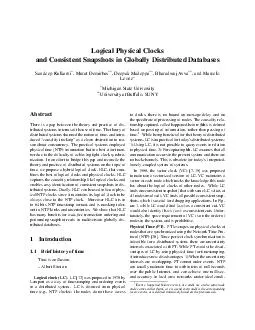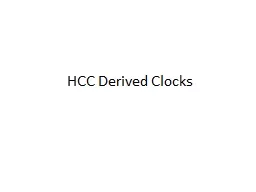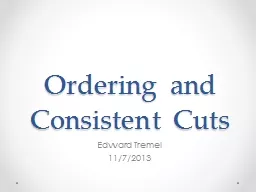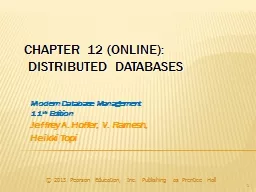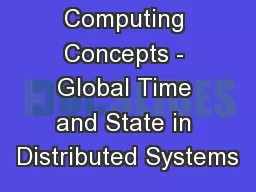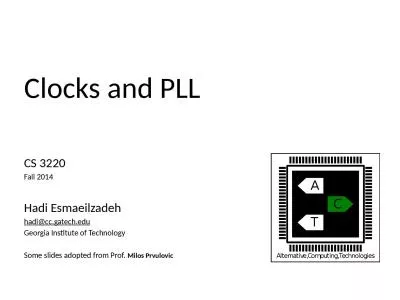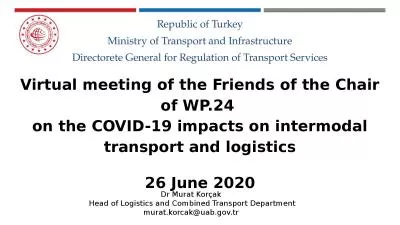PDF-Logical Physical Clocks and Consistent Snapshots in Globally Distributed Databases Sandeep
Author : lindy-dunigan | Published Date : 2014-11-29
The theory of distributed systems shunned the notion of time and intro duced causality tracking as a clean abstraction to rea son about concurrency The practical
Presentation Embed Code
Download Presentation
Download Presentation The PPT/PDF document "Logical Physical Clocks and Consistent S..." is the property of its rightful owner. Permission is granted to download and print the materials on this website for personal, non-commercial use only, and to display it on your personal computer provided you do not modify the materials and that you retain all copyright notices contained in the materials. By downloading content from our website, you accept the terms of this agreement.
Logical Physical Clocks and Consistent Snapshots in Globally Distributed Databases Sandeep: Transcript
Download Rules Of Document
"Logical Physical Clocks and Consistent Snapshots in Globally Distributed Databases Sandeep"The content belongs to its owner. You may download and print it for personal use, without modification, and keep all copyright notices. By downloading, you agree to these terms.
Related Documents

